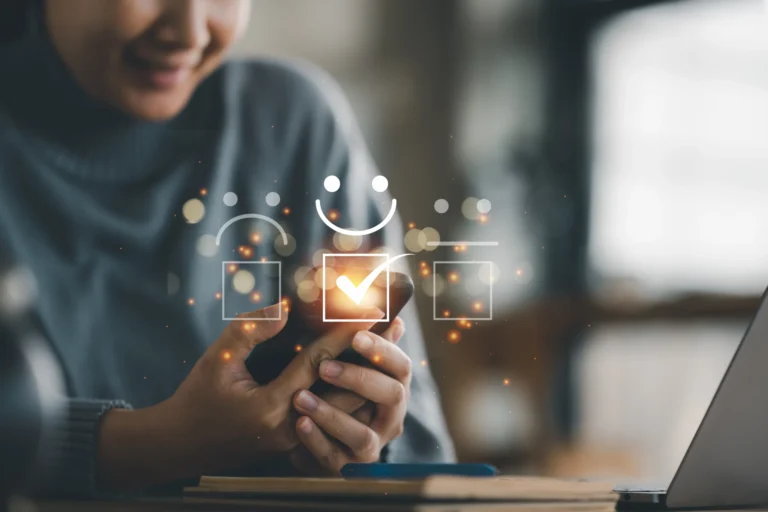The Power of Personalization: Using Data to Create Tailored Customer Journeys

Introduction
Generic marketing messages no longer work in 2025. Customers expect brands to understand their needs and deliver relevant, personalized experiences — whether they’re shopping online, opening an email, or interacting on social media. Personalization isn’t just a nice-to-have anymore; it’s a necessity.
In this blog, we’ll explore how to harness the power of data to create tailored customer journeys that boost engagement, conversions, and loyalty.
1. Why Personalization Matters More Than Ever
Personalized campaigns lead to higher open rates, increased click-throughs, and stronger customer relationships. According to recent studies, 80% of consumers are more likely to buy from a brand that provides a personalized experience.
Key Benefit: Personalization cuts through noise, making your message relevant and timely.
2. Collect the Right Customer Data
Effective personalization starts with quality data — not just quantity.
Types of Data to Collect:
-
Demographic Data: Age, gender, location
-
Behavioral Data: Browsing history, purchase frequency
-
Engagement Data: Email opens, clicks, social interactions
Action Step: Use CRM systems and analytics tools to consolidate data in one place.
3. Segment Your Audience
One-size-fits-all messaging fails. Instead, group your audience into meaningful segments.
Segmentation Examples:
-
First-time visitors vs. returning customers
-
High spenders vs. discount shoppers
-
Browsers vs. cart abandoners
Action Step: Build dynamic segments that update automatically as user behavior changes.
4. Personalize Every Touchpoint
From the first ad they see to the post-purchase email, every interaction should feel tailored.
Ideas for Personalization:
-
Website: Show product recommendations based on browsing history
-
Email: Include the recipient’s name and recommend products they viewed
-
Ads: Use retargeting to display relevant offers
-
Push Notifications: Send reminders based on time zone and activity
5. Use Automation and AI
Manually personalizing campaigns is nearly impossible at scale.
Tools to Try:
-
HubSpot / Salesforce: Automate email workflows
-
MoEngage / Clevertap: Send personalized push notifications
-
AI Content Tools: Create personalized product descriptions or offers
6. Measure Personalization Impact
Track whether personalization efforts are driving results.
Key Metrics:
7. Respect Privacy and Build Trust
With increasing data privacy regulations (GDPR, CCPA), it’s crucial to be transparent about data usage.
Action Step: Give customers control over their data preferences and be clear about how their data is used to improve their experience.
Conclusion
Personalization isn’t just about adding a name to an email — it’s about crafting a unique journey for every customer. By collecting the right data, segmenting effectively, and automating at scale, businesses can create memorable experiences that keep customers coming back.